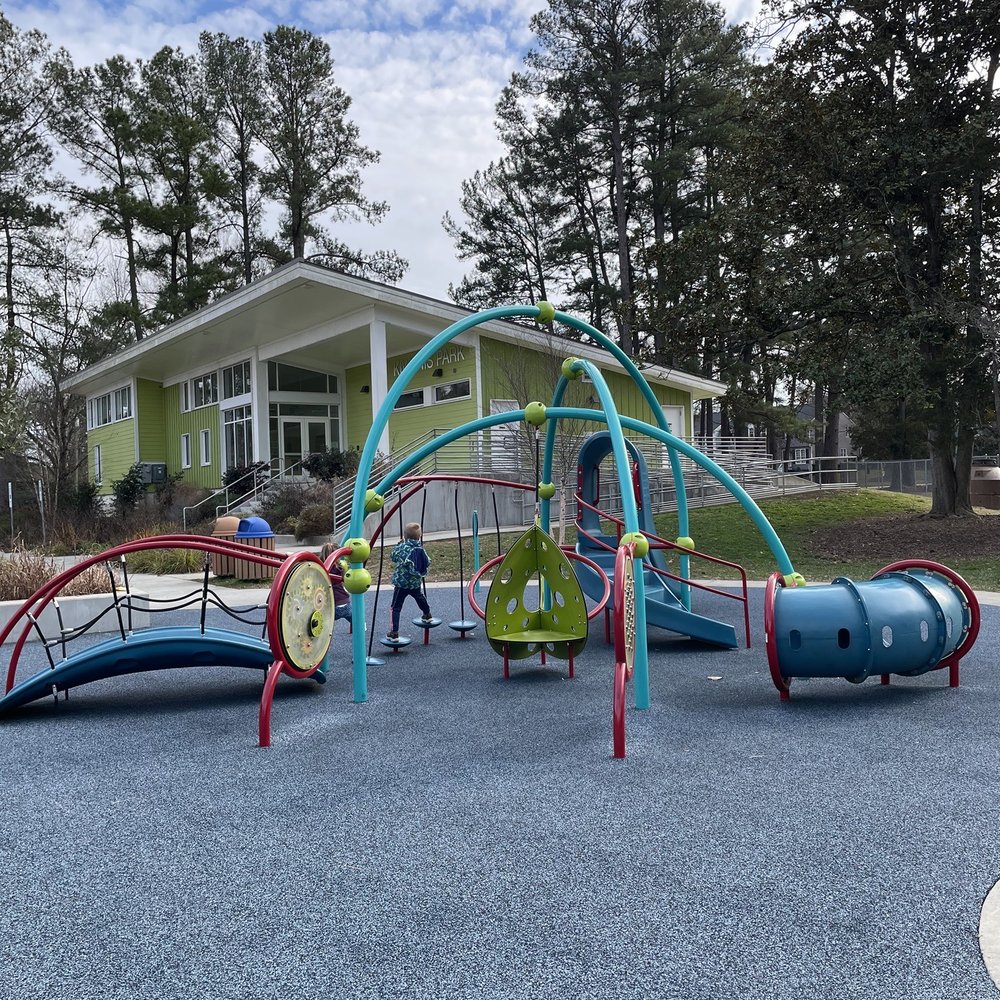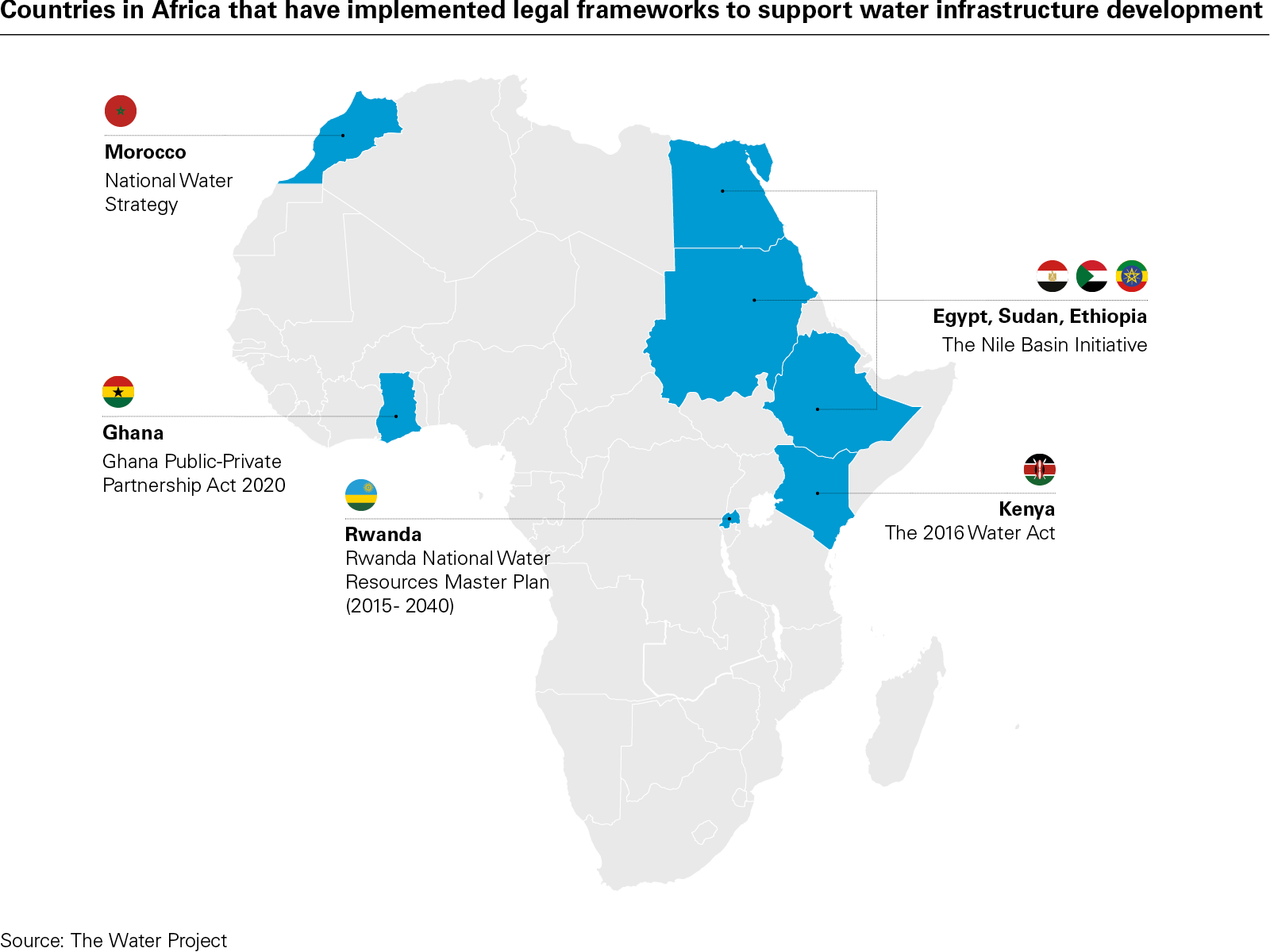A Raleigh Water Hidden Oasis – RaleighNC.gov

Project Report: Neuse River Resource Recovery Facility Recycled Water Pond
A Demonstration of Sustainable Water Management and Biodiversity
Published: 7/29/2025
This report details the establishment and ecological significance of a recycled water pond at the Raleigh Water Neuse River Resource Recovery Facility (NRRRF). The initiative serves as a practical demonstration of advanced wastewater treatment and aligns with several United Nations Sustainable Development Goals (SDGs).
Alignment with Sustainable Development Goals (SDGs)
The NRRRF pond project directly contributes to the advancement of key global sustainability targets, primarily focusing on water, biodiversity, and sustainable communities.
SDG 6: Clean Water and Sanitation
The project is a core representation of SDG 6, which aims to ensure the availability and sustainable management of water and sanitation for all.
- Target 6.3: Improve Water Quality and Reuse: The pond is filled exclusively with highly treated, reclaimed wastewater (also known as recycled or non-potable water). This showcases a successful model for increasing water recycling and safe reuse, reducing the volume of treated effluent discharged into natural waterways.
- Target 6.4: Increase Water-Use Efficiency: By demonstrating a viable use for recycled water, the project promotes the principles of a circular economy and efficient water resource management.
SDG 15: Life on Land
The initiative actively supports the protection and restoration of terrestrial and freshwater ecosystems.
- Target 15.5: Protect Biodiversity and Natural Habitats: The pond has been transformed into a thriving micro-habitat that supports diverse local fauna. This includes:
- A stable population of over a dozen fish, which have successfully reproduced.
- A habitat for turtles and amphibians, including green frogs.
- A purpose-built “frog hotel” providing shelter and protection.
- The introduction of native plants by staff attracts beneficial insects and strengthens the local ecosystem, directly contributing to halting biodiversity loss.
SDG 11: Sustainable Cities and Communities
The pond enhances the facility’s environment, aligning with goals for creating inclusive and sustainable urban spaces.
- Target 11.7: Provide Access to Green and Public Spaces: The project has created an accessible green oasis within an industrial setting, providing a tranquil space for employee well-being and outdoor breaks.
- It functions as an educational landmark, demonstrating how sustainable infrastructure can be integrated into community-focused facilities.
SDG 17: Partnerships for the Goals
The development of the pond exemplifies a collaborative approach to achieving sustainability objectives.
- The project was a grassroots, employee-led initiative, conceived and executed by staff at the NRRRF.
- Described as a “community garden,” its creation involved contributions from numerous individuals who planted bulbs and made additions, showcasing a successful internal partnership for a common environmental goal.
Project Analysis and Outcomes
Ecological and Educational Impact
The pond serves a dual purpose as both a functioning ecosystem and an educational tool. The clarity of the water and the health of its inhabitants provide tangible proof of the efficacy of the facility’s water treatment processes. An employee noted that the pond’s natural biological processes, which remove organic waste from the fish, mirror the larger function of the wastewater plant itself.
Key Features
- Water Source: 100% reclaimed water from the NRRRF.
- Fauna: Supports fish (including koi), turtles, and frogs.
- Flora: Features native plants and flowers introduced to support the ecosystem.
- Infrastructure: Includes a “frog hotel” to provide safe shelter for amphibians.
Conclusion
The recycled water pond at the Neuse River Resource Recovery Facility is a successful model of applied sustainability. It effectively demonstrates how treated wastewater can be repurposed to create vibrant ecosystems, contributing directly to SDGs 6, 11, 15, and 17. The project underscores the principle that effective water stewardship is a collective responsibility, reflecting the idea that “Boundaries don’t protect rivers, people do.”
Analysis of Sustainable Development Goals in the Article
1. Which SDGs are addressed or connected to the issues highlighted in the article?
-
SDG 6: Clean Water and Sanitation
The article’s central theme is the treatment and reuse of wastewater at the Raleigh Water Neuse River Resource Recovery Facility. It explicitly discusses turning wastewater into “recycled water” or “reclaimed water” that is clean enough to sustain an aquatic ecosystem, directly addressing the goal of managing water resources sustainably and ensuring sanitation.
-
SDG 15: Life on Land
The article highlights the creation of a habitat that supports local biodiversity. The pond is home to fish, turtles, and frogs, and the surrounding area uses native plants to attract “helpful insects and support the entire outdoor ecosystem.” This initiative directly contributes to protecting and restoring terrestrial and inland freshwater ecosystems and halting biodiversity loss.
-
SDG 11: Sustainable Cities and Communities
The project is presented as a community effort within a city facility (“It’s a community garden that everyone had a hand in creating”). It enhances the workplace by creating an accessible green space for employees (“the perfect spot for a quick outdoor break”), contributing to making cities and human settlements inclusive, safe, resilient, and sustainable.
-
SDG 12: Responsible Consumption and Production
The facility’s practice of recycling and reusing water is a prime example of ensuring sustainable consumption and production patterns. By treating wastewater as a resource to be recovered (“Neuse River Resource Recovery Facility”) rather than just waste to be discharged, the initiative promotes the efficient use of natural resources.
2. What specific targets under those SDGs can be identified based on the article’s content?
-
Target 6.3: By 2030, improve water quality by reducing pollution, eliminating dumping and minimizing release of hazardous chemicals and materials, halving the proportion of untreated wastewater and substantially increasing recycling and safe reuse globally.
The article is a case study of this target in action. It describes how the facility treats wastewater to a high quality (“highly treated wastewater”) and reuses it (“reused instead of being discharged into a waterway”) in a pond, demonstrating both the reduction of untreated wastewater and the practice of safe reuse.
-
Target 6.6: By 2020, protect and restore water-related ecosystems, including mountains, forests, wetlands, rivers, aquifers and lakes.
The creation of the pond itself, which sustains fish, turtles, and frogs, is a small-scale restoration of a water-related ecosystem. The article emphasizes the “life-sustaining quality” of the water that allows this ecosystem to thrive.
-
Target 15.5: Take urgent and significant action to reduce the degradation of natural habitats, halt the loss of biodiversity and, by 2020, protect and prevent the extinction of threatened species.
The project actively creates a habitat for local wildlife. The introduction of a “frog hotel,” the presence of fish and turtles, and the use of native plants to attract insects are direct actions that support and halt the loss of local biodiversity.
-
Target 11.7: By 2030, provide universal access to safe, inclusive and accessible, green and public spaces, in particular for women and children, older persons and persons with disabilities.
While the space is within a facility, it serves as a green and relaxing area for the employees. The article notes it became “the perfect spot for a quick outdoor break” and functions as a “community garden,” reflecting the spirit of creating accessible green spaces for a community’s well-being.
-
Target 12.2: By 2030, achieve the sustainable management and efficient use of natural resources.
The facility’s core function as a “Resource Recovery Facility” that recycles water demonstrates the sustainable management of water, a critical natural resource.
3. Are there any indicators mentioned or implied in the article that can be used to measure progress towards the identified targets?
- Indicator for Target 6.3: The article provides qualitative indicators of successful wastewater treatment and reuse. The “water’s clarity” and its “life-sustaining quality” are direct measures of its purity. The fact that it is “highly treated wastewater that is reused instead of being discharged” is an indicator of progress toward halving untreated wastewater and increasing reuse.
- Indicator for Target 15.5: The article provides clear indicators of biodiversity. It mentions specific populations: “over a dozen fish,” “approximately five baby koi fish,” “a turtle or two,” and multiple “friendly green frogs.” The fact that the fish have been “thriving in their new home for over a year” and are reproducing (“baby koi fish”) serves as a strong indicator of a healthy and sustainable habitat.
- Indicator for Target 11.7: The use of the space by employees is an indicator of its success as a green area. The article describes it as a “perfect spot for a quick outdoor break” and a “community garden that everyone had a hand in creating,” implying its value and accessibility to the facility’s community.
4. Summary Table of SDGs, Targets, and Indicators
| SDGs | Targets | Indicators (as mentioned or implied in the article) |
|---|---|---|
| SDG 6: Clean Water and Sanitation | Target 6.3: Improve water quality by increasing recycling and safe reuse. | The facility produces “highly treated wastewater” that is “reused instead of being discharged.” The water’s “clarity” and “life-sustaining quality” are qualitative measures of successful treatment. |
| SDG 15: Life on Land | Target 15.5: Halt the loss of biodiversity and reduce degradation of natural habitats. | The pond supports a thriving population of “over a dozen fish,” “baby koi fish,” turtles, and frogs. The use of native plants attracts “helpful insects.” The presence of a “frog hotel” is a specific action to support biodiversity. |
| SDG 11: Sustainable Cities and Communities | Target 11.7: Provide access to safe, inclusive and accessible, green spaces. | The pond area serves as a “perfect spot for a quick outdoor break” and a “community garden” for employees, indicating its function as an accessible green space. |
| SDG 12: Responsible Consumption and Production | Target 12.2: Achieve the sustainable management and efficient use of natural resources. | The facility is named a “Resource Recovery Facility,” and its primary function is to recycle and reuse water, demonstrating efficient management of this natural resource. |
Source: raleighnc.gov

What is Your Reaction?
 Like
0
Like
0
 Dislike
0
Dislike
0
 Love
0
Love
0
 Funny
0
Funny
0
 Angry
0
Angry
0
 Sad
0
Sad
0
 Wow
0
Wow
0











































































